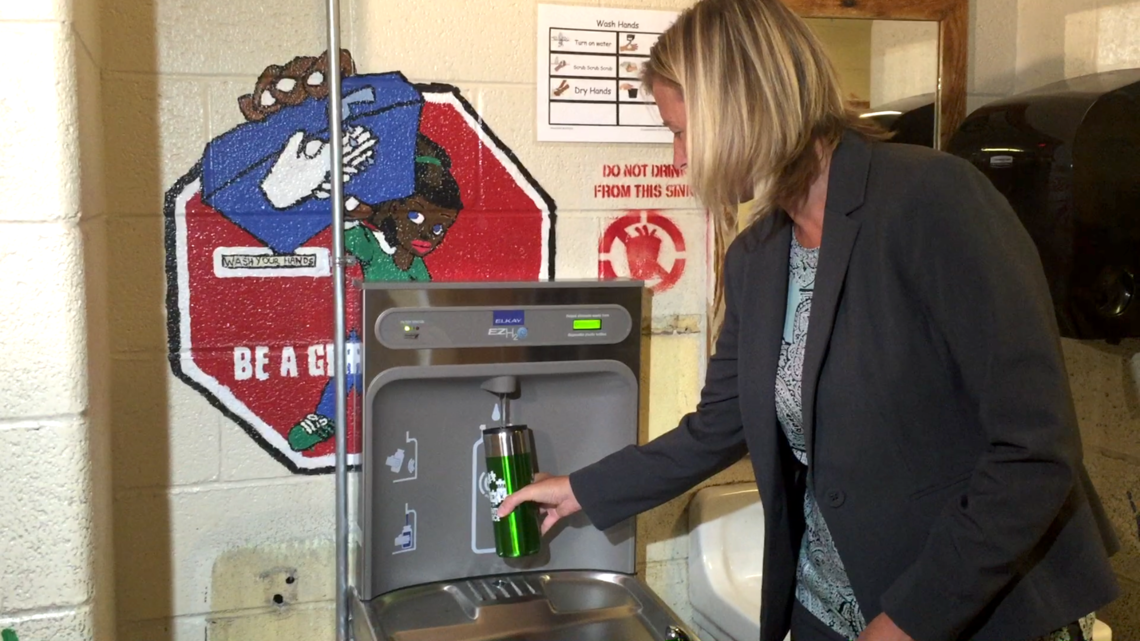Lead testing of water in schools taking too long, advocates say
In early 2016, the School District met with students, community advocates, and the Philadelphia Federation of Teachers to discuss how to improve students’ access to safe water. Members of the advocacy organization Youth United for Change and the Food Trust, another nonprofit, were pushing the District to spend some of its reserves to install new hydration stations.
The District, however, seemed reluctant, according to the advocates.
Then the Flint, Michigan, water crisis came to light, and access to safe drinking water was catapulted to center stage in the nation’s public health discussions. A few months later, a report found that Philadelphia’s methods of testing for lead in drinking water were less accurate than those used in Flint.
The District agreed to install three new water fountains, called hydration stations, in every school after City Council held hearings about water access during the spring. City Council then passed an ordinance mandating that schools must have at least one working water outlet for every 100 students.
“The hydration stations were a big victory,” said Rapheal Randall, executive director of Youth United for Change.
But the youth organization and the Food Trust didn’t stop there. They pressed the District to retest the water of every outlet in each school for lead and to make the results available to the public, unlike the last round of testing. They also insisted that the District adopt the new 15 parts per billion safe lead threshold, 25 percent lower than the old threshold.
The District compromised by agreeing to retest every outlet at 40 schools spread around the city using the new threshold. Advocates who were present at the meeting said the District appeared confident that the water would pass the safety test.
The initial round of tests, however, found that nearly 15 percent of water outlets tested in the first 22 schools had lead levels above the District’s new threshold (see chart below). That testing covered 361 fountains and found 49 with lead levels above 15 parts per billion. Each fountain that was over the safety limit was shut off immediately.
The initial results were alarming, so the District agreed to test every outlet at each school over the next 18 months and to do another round of routine testing every four years to ensure that drinking outlets don’t exceed the safe limit.
Six fountains across four schools had lead levels over 100 parts per billion.
A fountain in Benjamin Franklin High School’s kitchen tested at 276 parts per billion. Another, in the hallway at Gompers Elementary, was at 151, and Cramp Elementary had three fountains ranging from 119 to 189 parts per billion.
The sixth fountain with a high lead level was located in a Head Start classroom in Holme Elementary and tested at 114 parts per billion. That fountain and three more out of eight Head Start classrooms at Holme were shut off; those three had lead levels much lower, closer to the 15 parts per billion threshold.
From: Lead testing of water in schools taking too long, advocates say
By: Greg Windle and Avi Wolfman-Arent
Photo: The Notebook
